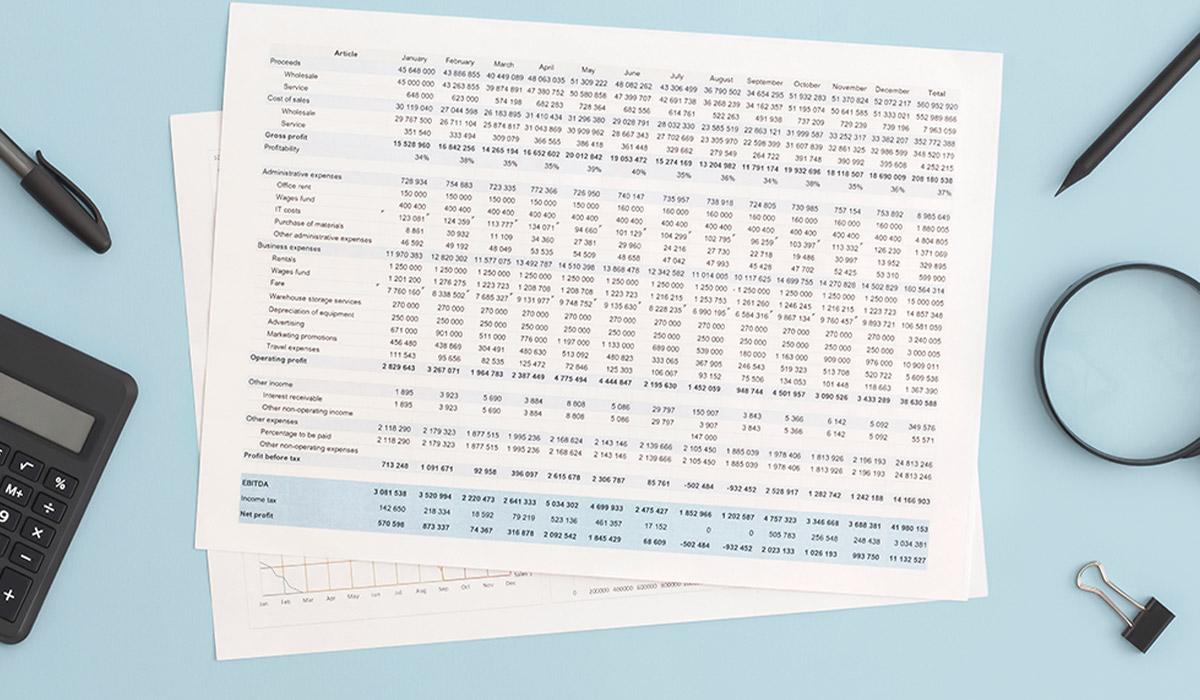Data and Compliance Report: Key Info [Issue 3 of 4]
To ensure a smooth DCR submission, firms can adopt key strategies, such as standardizing data collection, training compliance teams on evolving guidelines, utilizing self-assessment tools, and leveraging technology for efficient client screening.
Compliance Strategy and Best Practices
To navigate the complex DCR submission requirements, firms can adopt several best practices to maintain compliance and optimize their reporting processes:
- Standardize Data Collection: Implement standardized templates to gather and organize data required for the DCR. Comprehensive data collection across client types, transaction values, and cash payments will ensure that all relevant information is readily available.
- Train Compliance Teams: Ensure the compliance officers and team members are well-versed in DCR guidelines, risk assessment methodologies, and AML/CFT compliance policies. Continuous training helps maintain up-to-date knowledge and adapt to regulatory changes effectively.
- Use Self-Assessment Tools: BNM recommends that institutions utilize the DCR report card as a self-assessment tool. Regularly reviewing this data can help firms identify compliance gaps and enhance their AML/CFT measures, ultimately lowering exposure to regulatory risk.
- Leverage Technology for Client Screening: Employ automated systems for client onboarding and sanctions screening to streamline the CDD process. Technology-driven solutions, such as artificial intelligence, can assist in identifying suspicious transactions and ensure that all clients are vetted against relevant sanctions lists.
Stay tune for the upcoming newsletter, we will share with you more on Data and Compliance Report (DCR) Submission: What You Need to Know for 2024.















